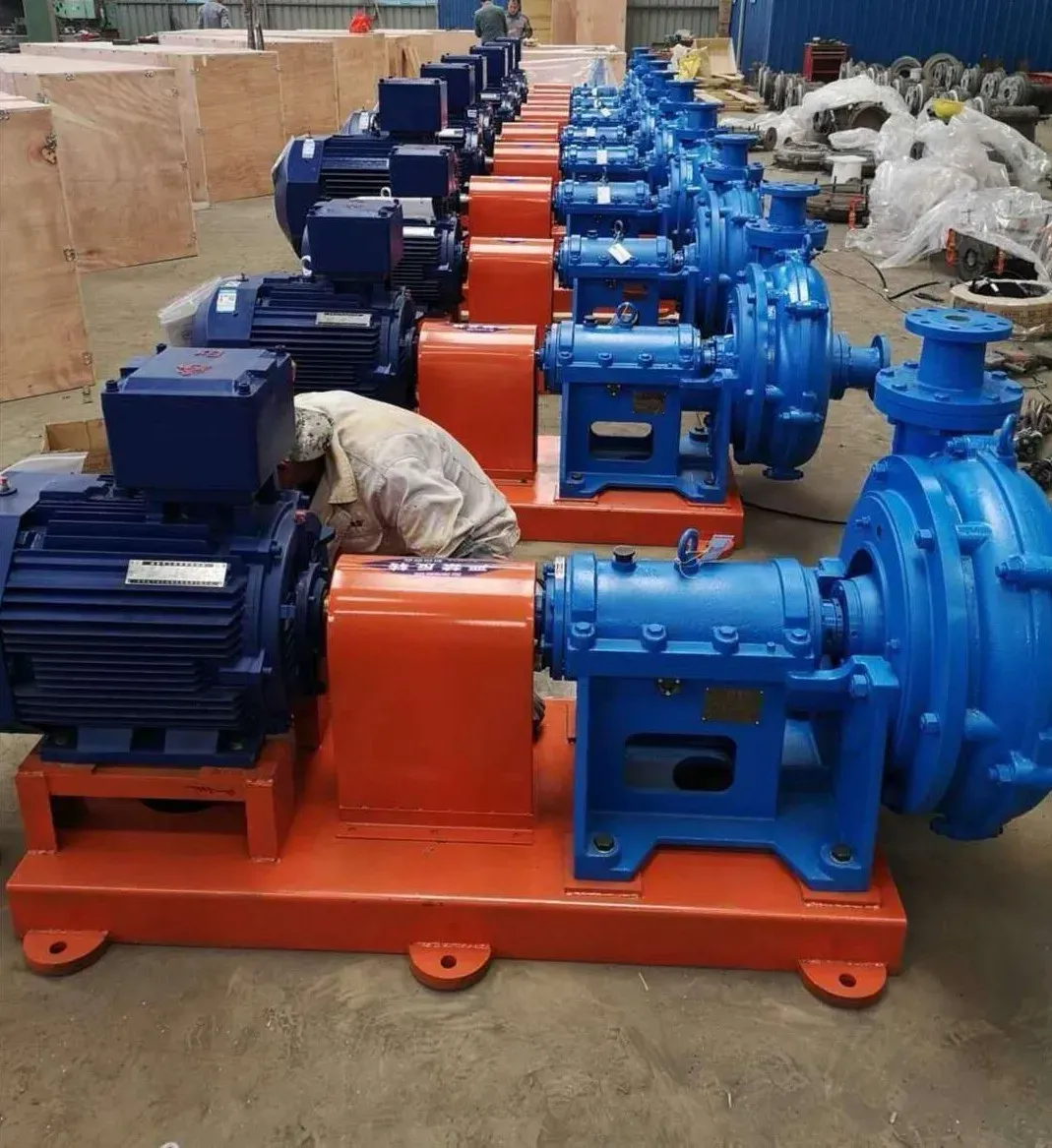English
- Afrikaans
- Albanian
- Amharic
- Arabic
- Armenian
- Azerbaijani
- Basque
- Belarusian
- Bengali
- Bosnian
- Bulgarian
- Catalan
- Cebuano
- Corsican
- Croatian
- Czech
- Danish
- Dutch
- English
- Esperanto
- Estonian
- Finnish
- French
- Frisian
- Galician
- Georgian
- German
- Greek
- Gujarati
- Haitian Creole
- hausa
- hawaiian
- Hebrew
- Hindi
- Miao
- Hungarian
- Icelandic
- igbo
- Indonesian
- irish
- Italian
- Japanese
- Javanese
- Kannada
- kazakh
- Khmer
- Rwandese
- Korean
- Kurdish
- Kyrgyz
- Lao
- Latin
- Latvian
- Lithuanian
- Luxembourgish
- Macedonian
- Malgashi
- Malay
- Malayalam
- Maltese
- Maori
- Marathi
- Mongolian
- Myanmar
- Nepali
- Norwegian
- Norwegian
- Occitan
- Pashto
- Persian
- Polish
- Portuguese
- Punjabi
- Romanian
- Russian
- Samoan
- Scottish Gaelic
- Serbian
- Sesotho
- Shona
- Sindhi
- Sinhala
- Slovak
- Slovenian
- Somali
- Spanish
- Sundanese
- Swahili
- Swedish
- Tagalog
- Tajik
- Tamil
- Tatar
- Telugu
- Thai
- Turkish
- Turkmen
- Ukrainian
- Urdu
- Uighur
- Uzbek
- Vietnamese
- Welsh
- Bantu
- Yiddish
- Yoruba
- Zulu
Telephone: +86 13120555503
Email: frank@cypump.com
Nov . 13, 2024 20:13 Back to list
sump pump and ejector pump
Understanding Sump Pumps and Ejector Pumps Essential Components of Drainage Systems
When it comes to managing water in basements, crawl spaces, and other areas prone to flooding, sump pumps and ejector pumps are two critical devices that play pivotal roles. Although they may seem similar at a glance, these pumps serve different purposes and operate in distinct ways. Understanding the functions, mechanisms, and applications of both sump pumps and ejector pumps is essential for homeowners, builders, and plumbers alike.
What is a Sump Pump?
A sump pump is a device installed in a sump pit, which is typically located in the lowest part of a basement or crawl space. The primary purpose of a sump pump is to remove excess water that accumulates in the pit, thereby preventing flooding and water damage to the structure. Sump pumps are predominantly used in residential settings, particularly in areas with high groundwater levels or where heavy rainfall is common.
Sump pumps are equipped with a float switch that activates the pump when the water level in the sump pit rises above a certain threshold. Once activated, the pump will remove the water by pumping it away from the foundation of the home, usually through a discharge pipe that leads to a designated drainage area. There are two main types of sump pumps pedestal pumps, which have a motor mounted above the sump pit, and submersible pumps, which are submerged in the water.
Key Features of Sump Pumps
1. Prevent Flooding Sump pumps are essential for protecting homes from water damage, mold growth, and structural issues that can arise from prolonged exposure to moisture.
2. Automatic Operation Most sump pumps are designed to operate automatically based on water levels, allowing them to provide uninterrupted protection.
3. Backup Options Homeowners can install battery backup systems for sump pumps to ensure they continue to operate during power outages, a common issue during severe storms.
4. Maintenance Regular maintenance is vital for optimal performance. Homeowners should periodically check the pump for signs of wear and ensure that the discharge line is free of obstructions.
What is an Ejector Pump?
sump pump and ejector pump

Ejector pumps, also known as sewage pumps, are designed to handle wastewater and sewage from bathrooms, kitchens, and laundry rooms that are located below the level of the municipal sewer system. These pumps are typically installed in a basin or pit and are activated when the wastewater reaches a certain height. Ejector pumps move waste materials from low-lying areas up to the sewer line for proper disposal.
Key Features of Ejector Pumps
1. Waste Management Ejector pumps are crucial for homes with below-grade plumbing fixtures. They provide efficient transport of wastewater to the public sewer system.
2. Heavy-Duty Construction Designed to handle solids and liquids, ejector pumps usually feature a robust construction that enables them to manage tough waste materials without clogging.
3. Floating Switch Mechanism Similar to sump pumps, ejector pumps are activated by a floating switch, ensuring they only operate when necessary.
4. Regular Maintenance Required As with sump pumps, ejector pumps require regular maintenance checks to ensure proper functioning and to prevent clogs or mechanical failures.
Choosing Between Sump Pumps and Ejector Pumps
When deciding between a sump pump and an ejector pump, the key is to evaluate the specific needs related to water management in your property. If the primary concern is groundwater accumulating in basements and crawl spaces, a sump pump is the ideal solution. Conversely, if your home has bathrooms or laundry areas below the level of the main sewer line, an ejector pump is necessary for effective wastewater management.
Conclusion
Both sump pumps and ejector pumps are indispensable tools for managing water in residential applications. By understanding the differences between them, homeowners can make informed decisions on installing and maintaining these systems, ultimately ensuring the safety and integrity of their homes. Proper usage and regular maintenance of these pumps can significantly enhance the longevity and effectiveness of home drainage systems, providing peace of mind, especially during inclement weather.
-
Horizontal Split Case Pump with GPT-4 Turbo | High Efficiency
NewsAug.01,2025
-
ISG Series Pipeline Pump - Chi Yuan Pumps | High Efficiency, Durable Design
NewsAug.01,2025
-
Advanced Flue Gas Desulfurization Pump with GPT-4 Turbo | Durable & Efficient
NewsJul.31,2025
-
ISG Series Vertical Pipeline Pump - Chi Yuan Pumps | Advanced Hydraulic Design&Durable Construction
NewsJul.31,2025
-
ISG Series Vertical Pipeline Pump - Chi Yuan Pumps | Energy Efficient & Low Noise
NewsJul.31,2025
-
pipeline pump - Chi Yuan Pumps Co., LTD.|High Efficiency&Low Noise
NewsJul.31,2025










